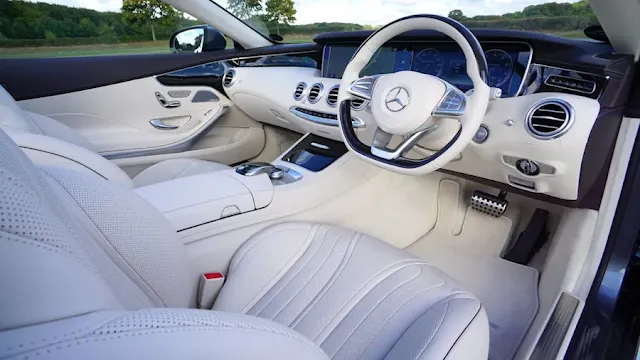Troubleshooting Car AC: What’s Wrong?
When you turn on your car’s air conditioning expecting a blast of cool air but instead get an unwelcome wave of heat, it can be both frustrating and uncomfortable, especially on a hot day. There are several reasons why your car's AC might be blowing hot air. Fortunately, some of these issues are easy to diagnose and fix on your own.
The most common causes are low refrigerant levels or blocked vents. Low refrigerant may result from a leak that needs repair or an improperly charged system. Blocked vents, often caused by debris obstructing airflow, should be checked for any obstructions.
Here’s a guide to help you understand the common causes and potential DIY solutions.
Common Causes of Car AC Blowing Hot Air
1. Low Refrigerant Levels
One of the most common reasons for a car AC to blow hot air is low refrigerant levels. Refrigerant is essential for the cooling process, and if it's low, the system can't cool the air effectively.
Diagnosis:
- Check for visible signs of leaks under the hood or on the ground.
- Use an AC gauge set to measure the refrigerant levels.
DIY Fix:
- Purchase a refrigerant recharge kit from an auto parts store.
- Follow the instructions carefully to recharge the system.
2. Faulty Compressor
The compressor is the heart of the AC system, pumping refrigerant through the system. If the compressor isn’t working properly, the refrigerant won’t circulate, and the air won’t cool.
Diagnosis:
- Listen for unusual noises when the AC is turned on.
- Check if the compressor clutch is engaging.
DIY Fix:
- If you’re handy with car repairs, you can replace the compressor yourself. Otherwise, it’s best to seek professional help.
3. Electrical Issues
Blown fuses, damaged wires, or faulty sensors can cause the AC system to malfunction.
Diagnosis:
- Inspect the fuses related to the AC system.
- Look for any visible signs of wire damage.
DIY Fix:
- Replace any blown fuses.
- Repair or replace damaged wires.
4. Clogged Condenser
The condenser helps dissipate heat from the refrigerant. If it’s clogged with debris, the refrigerant won’t cool properly.
Diagnosis:
- Inspect the front of the condenser for dirt, leaves, or other debris.
DIY Fix:
- Clean the condenser using a soft brush and water.
5. Malfunctioning Blower Motor
If the blower motor isn’t working, the AC can’t blow air into the cabin, whether it’s hot or cold.
Diagnosis:
- Check if air is blowing from the vents when the AC is on.
- Listen for any unusual noises from the blower motor area.
DIY Fix:
- Replace the blower motor if it’s faulty.
Steps to Diagnose and Fix Your Car AC
-
Check the Refrigerant Levels:
- Connect an AC gauge set to the low and high-pressure service ports.
- Compare the readings to the specifications in your car’s manual.
-
Inspect the Compressor:
- Turn on the car and set the AC to the highest setting.
- Listen for the compressor engaging. If it’s silent or making strange noises, it might need replacement.
-
Examine Electrical Components:
- Check the fuse box for any blown fuses related to the AC system.
- Inspect the wiring for visible damage or loose connections.
-
Clean the Condenser:
- Locate the condenser at the front of the car, near the radiator.
- Remove any debris blocking airflow using a soft brush and water.
-
Test the Blower Motor:
- Turn on the AC and check if air is coming out of the vents.
- If not, you might need to replace the blower motor.
When to Seek Professional Help
While many AC issues can be fixed with DIY methods, some problems might require professional expertise. If you’re not comfortable performing these tasks yourself, or if the problem persists after trying these fixes, it’s best to take your car to a certified mechanic.
A car AC blowing hot air can be a major inconvenience, but with the right knowledge and tools, you can diagnose and fix many common issues yourself. Always start with the simplest solutions, like checking refrigerant levels and fuses, before moving on to more complex components. By understanding your car’s AC system, you can keep cool on the road and avoid costly repairs.





No comments:
Post a Comment